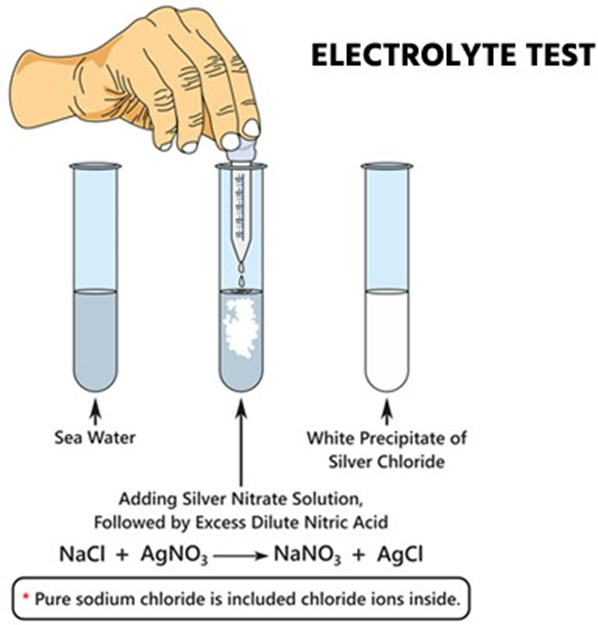The home health nurse is reviewing the personal care needs of an older adult client who lives alone. What client assessment finding(s) indicate(s) the need to assign an unlicensed assistive personnel (UAP) to provide routine foot care and has the client's toenails? Select all that apply.
Shufling gait.
Urinary incontinence.
Syncope when bending.
Hand tremors.
Correct Answer : A,C,D
The correct answer is Choice A, Choice C, and Choice D.
Choice A rationale: A shuffling gait can indicate mobility issues, making it difficult for the client to safely perform foot care and toenail clipping. This increases the risk of falls and injuries.
Choice B rationale: Urinary incontinence does not directly affect the ability to perform foot care or toenail clipping. It is more related to bladder control issues.
Choice C rationale: Syncope when bending suggests that the client may experience dizziness or fainting when bending over, making it unsafe for them to perform foot care and toenail clipping.
Choice D rationale: Hand tremors can make it challenging for the client to handle nail clippers or other tools needed for foot care, increasing the risk of injury.
Nursing Test Bank
Naxlex Comprehensive Predictor Exams
Related Questions
Correct Answer is A
Explanation
Choice A reason: The results are within the normal reference range for both potassium and sodium, which is expected unless the client's condition has led to significant electrolyte imbalances.
Choice B reason: A serum potassium level of 4.5 mEq/L is at the higher end of the normal range, which might not be expected in a client with vomiting and diarrhea, conditions that often lead to lower potassium levels.
Choice C reason: A serum potassium level of 5.0 mEq/L is at the upper limit of the normal range and could indicate hyperkalemia, especially in the context of severe dehydration.
Choice D reason: A serum sodium level of 149 mEq/L is slightly above the normal range and could indicate hypernatremia, which may occur in dehydration but would require further assessment and intervention.

Correct Answer is C
Explanation
Choice A reason: Fibromyalgia is a chronic condition characterized by widespread pain, but it is not directly associated with obstructive sleep apnea.
Choice B reason: Peptic ulcer disease is not commonly linked to obstructive sleep apnea.
Choice C reason: Hypertension is a known complication of obstructive sleep apnea due to the recurrent episodes of low oxygen levels during sleep, which can lead to increased blood pressure.
Choice D reason: Hypothyroidism is a condition affecting the thyroid gland and is not typically a complication of obstructive sleep apnea.
Whether you are a student looking to ace your exams or a practicing nurse seeking to enhance your expertise , our nursing education contents will empower you with the confidence and competence to make a difference in the lives of patients and become a respected leader in the healthcare field.
Visit Naxlex, invest in your future and unlock endless possibilities with our unparalleled nursing education contents today
Report Wrong Answer on the Current Question
Do you disagree with the answer? If yes, what is your expected answer? Explain.
Kindly be descriptive with the issue you are facing.
